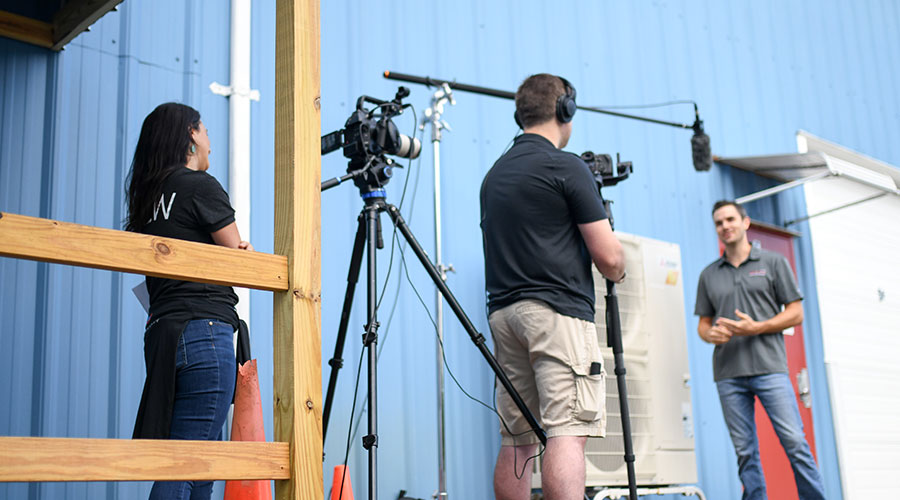Video content is on the rise in marketing, and we can definitely see why. Videos are informative, entertaining and engaging. They grab your attention – and keep it there – making people stop their scroll and watch closely.
Our agency has amped up our video services to clients of all types, creating content from short social clips to television spots. As a videographer, I’ve come to understand the importance of being prepared for our video shoots, so that the production can run smoothly and the set is stress-free. If you’re a videographer or just looking to pick up a camera and start shooting, here are some tips to keep in mind:
- Have a checklist of the equipment you will need. This seems like a simple task, but it’s so important. Double-check it the day before the shoot, and the morning of the shoot as you pack your gear. With a list in hand, you will know everything will be with come shoot day, and there won’t be any need to rush back to the office or studio to remember that tripod or extra extension cable you forgot. NoFilmSchool has a great video gear checklist to reference before your shoot to make sure you don’t forget anything. Don’t worry if you don’t own everything on the list. You can create great stuff with whatever you have!
- Have all your batteries charged and SD cards formatted. Another tip that seems like it would be a no brainer, but so many times people forget to charge their spare batteries or neglect to address the battery that is already in the camera. They get on set and the camera has ten minutes of battery life left. Or they forget to clear their SD cards and when they get on set, the card is either full or they can’t format it. Often, if there is something already on the card, it might be important and there’s a chance it might not have been backed up yet. Sub tip: export your raw footage on to your hard drive (and back up hard drive!) the same day you shoot – you’ll thank me later.
- Be personable and learn how to read your on-camera subjects. No matter what kind of shoot you have, your on-screen talent needs to appear natural. For example, with an interview you will want your subject to feel comfortable. Just sitting down and jumping right into it by asking them thoughtful questions will make them feel very uncomfortable, and the camera has a way of magnifying this uneasiness. You’ll want to warm them up and have a conversation with them before starting the interview, to ultimately get a much better response. Need some more tips on how to make your subject feel comfortable on camera? Check out this article from Premiumbeat.
- Finally, have a game plan for what you are going to shoot. Say you are filming an action, sports or travel video. You always want to be thinking about your shots ahead of time before you shoot – that way when you arrive on site, you’ll have a good outline for how you plan on capturing all the footage. Are you factoring in weather or the changing angle of sunlight throughout the day? Are you planning to shoot more complicated shots after the other footage, just in case technical troubles cause any delays? Developing a storyboard is a huge help. Even if it’s only stick figures, a storyboard will let you know what shots are essential and how the visuals will flow. After you’ve completed your shot list, anything candid or spontaneous that you’re able to capture after that is a bonus.
Remember, preparation is key for a videographer. Stay tuned for another post where we discuss tips to prepare your client for their upcoming video shoot! And, if you’re looking for video services from the pros, give us a call to talk about our production services. Our team of videographers and editors will elevate your brand with a fresh, creative approach – from storyboard and coordination to execution and post-production.





